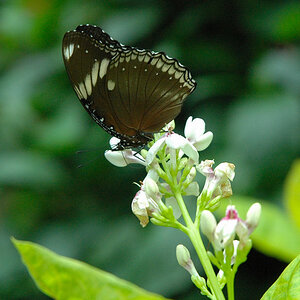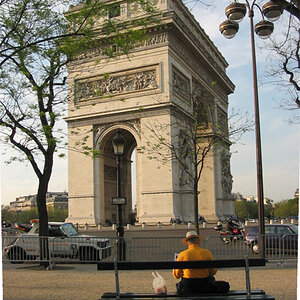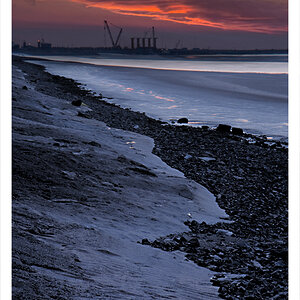WilfordSy
TPF Noob!
- Joined
- Oct 9, 2011
- Messages
- 54
- Reaction score
- 5
- Location
- New York
- Can others edit my Photos
- Photos NOT OK to edit
Hi All,
I need some honest opinion / comments on my landscape photos. All done in 1 day (just took them yesterday). I wanted to get some sunset photos but it was really cloudy yesterday. The first pic is the best that I could get for a sunset pic. It even looks like sunrise.
The TimeSquare photo (#4) is by far the hardest to get. On top of the hundreds and thousands of tourists/people walking by, I can't set a longer shutter speed because of all the lights/electronic billboards that will overexpose my shot. What I did was I took my money shot at Shutter Speed: 2sec to get the car tail lights (which overexposed the billboards) and then took some underexposed photos that is set for the background/billboards and combined the photos in Photoshop. Please let me know what you think! Thank you!

Photo #1: "Manhattan Bridge" - ISO 100, 24mm, f/22, 4sec - Enhanced with photoshop

Photo #2: "Manhattan Bridge at Night" - ISO 200, 24mm, f/18, 30sec - Enhanced with photoshop

Photo #3: "Brooklyn Bridge at Night" - ISO 200, 18mm, f/18, 30sec - Enhanced with photoshop

Photo #4: "Timesquare" - ISO 100, 18mm, f/22, 2sec - Enhanced and Edited with photoshop
I need some honest opinion / comments on my landscape photos. All done in 1 day (just took them yesterday). I wanted to get some sunset photos but it was really cloudy yesterday. The first pic is the best that I could get for a sunset pic. It even looks like sunrise.
The TimeSquare photo (#4) is by far the hardest to get. On top of the hundreds and thousands of tourists/people walking by, I can't set a longer shutter speed because of all the lights/electronic billboards that will overexpose my shot. What I did was I took my money shot at Shutter Speed: 2sec to get the car tail lights (which overexposed the billboards) and then took some underexposed photos that is set for the background/billboards and combined the photos in Photoshop. Please let me know what you think! Thank you!

Photo #1: "Manhattan Bridge" - ISO 100, 24mm, f/22, 4sec - Enhanced with photoshop

Photo #2: "Manhattan Bridge at Night" - ISO 200, 24mm, f/18, 30sec - Enhanced with photoshop

Photo #3: "Brooklyn Bridge at Night" - ISO 200, 18mm, f/18, 30sec - Enhanced with photoshop

Photo #4: "Timesquare" - ISO 100, 18mm, f/22, 2sec - Enhanced and Edited with photoshop



![[No title]](/data/xfmg/thumbnail/38/38261-db20f6f92ee8f0d4c5cf1536e308638b.jpg?1619738546)
![[No title]](/data/xfmg/thumbnail/38/38263-ad5e4c9e677626ddb5b1e7cdf9ebe40e.jpg?1619738548)
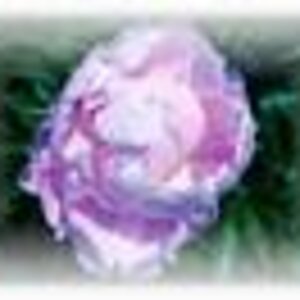
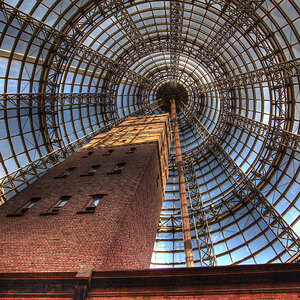
![[No title]](/data/xfmg/thumbnail/41/41892-d6f91fd1c816420825658ffaad56df78.jpg?1619739934)

